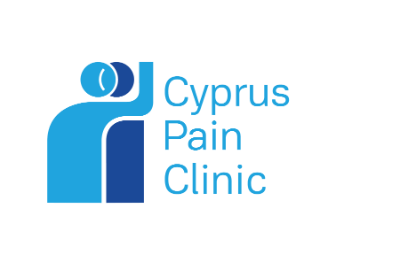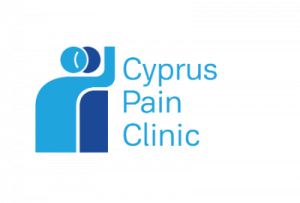Treatment Options
Injections in trigger points
It is a minimally invasive technique in which drugs are injected directly into the trigger point, aiming to deactivate the trigger point and relieve pain. Depending on the patient’s response to the technique, the doctor may recommend one or more treatment sessions to administer the injections.
Botox injections for headaches
As mentioned above, pain trigger points are often associated with headaches. In recent years, it has been noted that Botox (botulinum toxin type A) can treat headaches. Research has been conducted on this observation, which points to the use of Botox in the treatment of a variety of headache conditions, including some types of migraine, tension headaches (simple headaches), and chronic persistent headaches.


